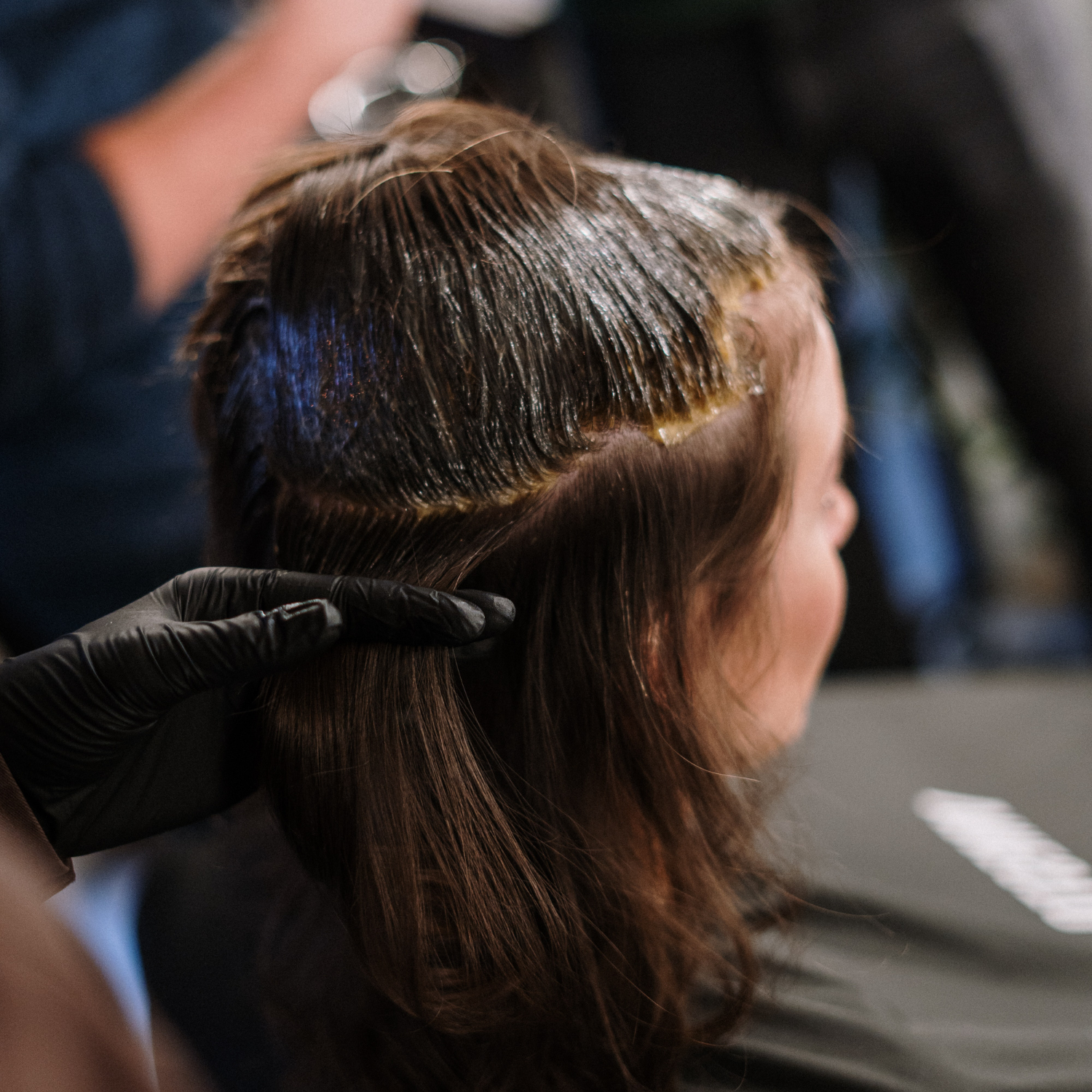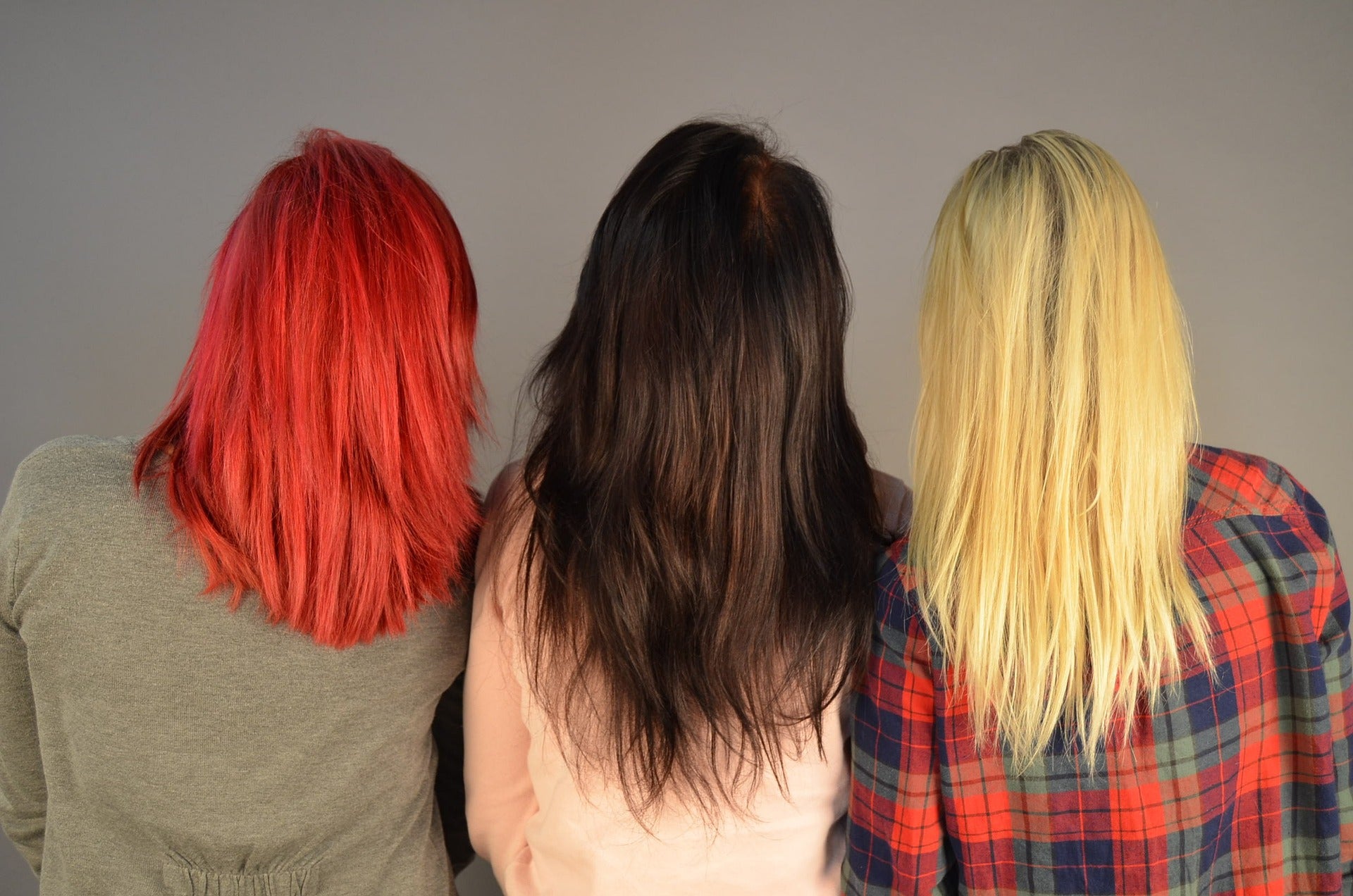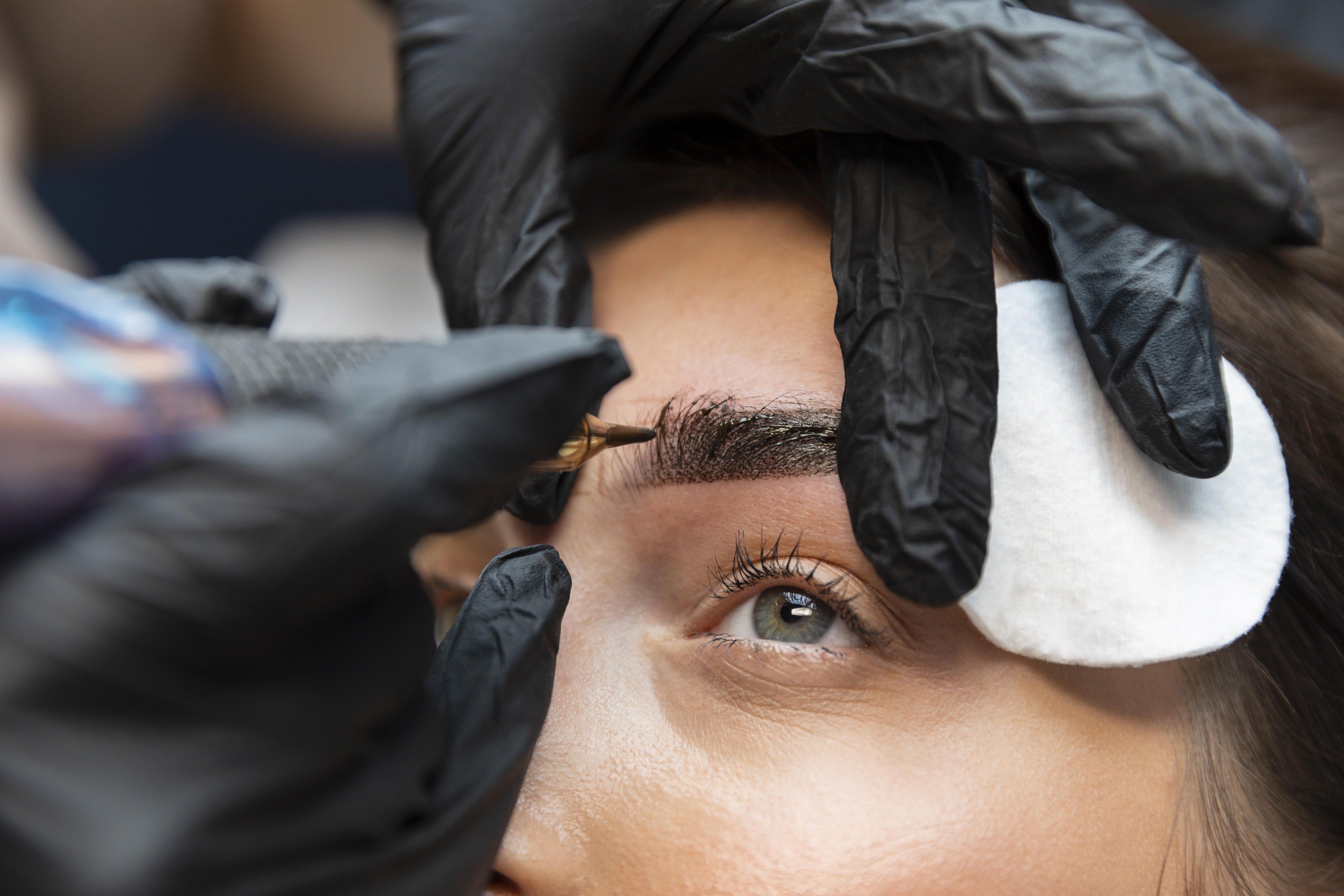Everything You Didn't Know About Root Touchups!

Root touchups, also known as root retouches or root color refresh, are a popular way to maintain or renew the color and vibrancy of your hair between trips to your local salon for regular coloring. Whether you're looking to cover up pesky grey hairs or you simply want to increase the life of your last coloring, root touchups are a fantastic way to do just that. In this article, we cover everything you need to know before pulling the trigger!
- What are root touchups? Freshly dyed hair looks great until your hair continues to grow and your natural hair color begins to show, creating a clearly defined line between your dyed hair and your natural hair. That’s where root touchups come in! By dying the roots as your hair continues to grow, you can blend the regrowth of your natural hair color with the rest of your hair, creating a seamless and natural-looking finish.
- How often should I get a root touchup? The frequency of your root touchups depends on several factors. This can include:
- Type of hair dye
- Natural hair growth rate
- Desired level of maintenance
- Environmental factors (sun exposure, exposure to chemical products, etc.)
If you are someone with fast-growing hair and use a permanent hair dye, you might expect to need to complete a touch-up about every 4-6 weeks. However, if you have slower-growing hair you may be able to go longer, up to 6-8 weeks between touchups. But these are just estimates based on what is most common. Ultimately, the frequency of how often you need to blend your roots will depend on your personal preferences, the difference in color between your roots and the hair color you are trying to maintain, and how quickly you notice your roots coming in.
- Can I touch up my roots at home? Of course! There are several ways that you can do it yourself and save a trip to the salon. Furthermore, there are different types of at-home touch-ups you can do depending on what you are looking for. Here are a few options:
- Temporary hair dye: Temporary hair dyes, also known as wash-out or wash-in dyes, are a quick, easy, and effective way to cover up roots. These dyes are normally applied with a brush or sponge and don’t last very long as they wash out after just a few shampoos. These dyes are a good option for people who are looking for a temporary solution or for those with a sensitive scalp.
- Root concealer: Root concealers, also known as touch-up powders and sprays, are another quick and easy way to cover up roots. These products are not designed with any real sort of permanence and can be washed out very easily. Root concealers can be thought of as more of a root camouflage and are a good option for those who only want a single-use or temporary solution or, again, for those with a sensitive scalp who can’t use permanent dyes.
- At-home permanent hair dye: If you're comfortable dying your hair at home and want a more permanent solution, something like you would go to a salon to have done, then you can use an at-home permanent hair dye or spot coloring kit to touch up your roots. There are a wide variety of at-home kits available, ranging both in how long they are designed to last, and the dying agents used to produce the results. It is extremely important to research all products prior to use and to follow the instructions very carefully; making sure to use all proper safety precautions.
- What else should I consider before getting a root touchup?
- Your natural hair color: If your goal is to cover up grey hair, it's important to choose a hair dye that closely matches your natural hair color. This will help ensure that your root touchup looks natural and blends nicely with your normal hair color.
- The type of hair dye that you want to use: As we discussed previously in this article, there are tons of different hair dyes to choose from and each type has its own set of pros and cons. It's super important to conduct adequate research to consider which type is best for your needs.
- The condition of your hair: If your hair is damaged or chemically treated, it may be more sensitive or resilient in response to certain dyes. This can result in a number of outcomes including additional damage to your hair or decreased effectiveness.
No matter your hair goals, always make sure to do the proper research beforehand to make sure that you are getting the desired results for both you and your hair!


